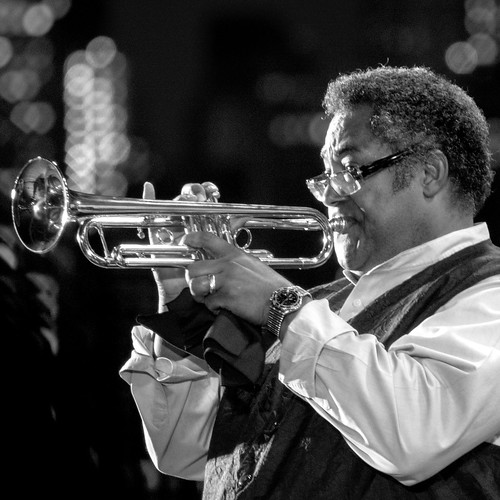I've uploaded another working paper (title above). URLs:
- Academia.edu: https://www.academia.edu/13947988/Cultural_Negotiations_Jazz_and_the_West_in_the_New_Millennium
- Social Science Research Network: http://ssrn.com/abstract=2629793
Abstract, contents, and introduction below.
* * * * *
Abstract: It is common to talk of such things as Western culture, African culture, Oriental culture, etc. as though they described culturally coherent entities. If we look closely at the evolution of jazz in 20th century America, however, we see that this division between “the West and the Rest” is incoherent. For example, the idea that jazz is specifically American in character arose in propaganda during WWII and was not a result of cultural analysis. The idea of Western culture seems to be ideologically driven and is only loosely related to the details of cultural origin and practice.
CONTENTS
Africa in America: The Cultural Situation of Jazz 2
Jungle Music at the Cotton Club 3
All-American Jazz 6
Culture Thick as Blood: Bebop and the Second Coming of Jazz 9
Of Shoes, Ships, Sealing Wax and Kinds of Culture 12
A View from Now 14
Oh, East is East, and West is West, and never the twain shall meet.
— Rudyard KiplingThe project of provincializing ‘Europe’ refers to a history that does not yet exist...— Dipesh ChakrabartyPatterson and Liston posed for American blacks, in their American dilemma, the restatement of the very same alternatives that American blacks always imagined themselves as having: the choice of being inside or outside, within or without, to see blackness as something that can accommodate bourgeois Western values or as something else that can live in a bourgeois Western culture while being alien both to that culture and to anything else that is Western.— Gerald Early
Africa in America: The Cultural Situation of Jazz
A number of years ago I decided to take my trumpet player’s lips in my scholar’s hands and write about African-American music. It wasn’t long before I found that my subject would not align itself with the conceptual categories I brought to it. The problem came to a head when I found myself faced with the following question: Has the culture of the United States been so influenced by African cultures that it can no longer be considered Western?
The general terms presupposed by this question seem obvious enough. The United States has a large population of people whose ancestors originated in Europe and thus brought European cultures to the country. There is a somewhat smaller population of peoples whose ancestors who originated in Africa and thus brought African cultures to the country. Those European cultures are Western while the African, of course, are not. Through almost four centuries of interaction these two populations have been exchanging cultural traits—both those that crossed the Atlantic with the ancestral populations and those created in the New World—so that European and African traits are widely diffused through the entire population. At the same time these two populations have preserved and regenerated that original cultural difference. When we evaluate the net effect of this process, does the general culture of the United States of America come out Western or ... what?
That ellipsis within a question defines the space of this essay. Toward the end I will attempt to dissolve the question, suggesting that it is a Cheshire Cat of a creature, a beguiling grin without a substantial body. Before thus vanishing my main act I will consider three exemplary scenes from the history of jazz.
Let us begin by examining the Cotton Club, using it as a way to stage the asymmetrical terms on which black musicians made a living from a white audience. Yes, there certainly was (and is) a black jazz audience and Yes, there certainly was (and are) white jazz musicians. But if we can understand the simplified terms of the Cotton Club scenario those qualifications will fall into place. In the annoying manner of mathematics textbooks, I will leave that as an exercise for the reader.

No comments:
Post a Comment